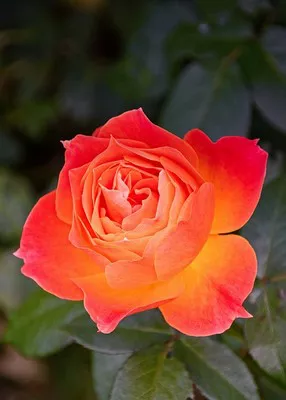There’s nothing quite as delightful as a vase filled with fresh-cut flowers, exuding beauty and fragrance in your home or workspace. However, ensuring that your flowers stay vibrant and last as long as possible requires proper care and attention. In this comprehensive guide, we will explore various techniques and ingredients you can use to extend the lifespan of cut flowers. From water additives to conditioning methods, get ready to discover the secrets to keeping your floral arrangements looking fresh and beautiful for an extended period.
1. Essential Care Tips for Cut Flowers
Before delving into specific techniques, it’s crucial to understand some fundamental care tips for cut flowers. Implementing these practices will help maximize the freshness and longevity of your blooms:
Clean Vase: Start with a clean vase to prevent the growth of harmful bacteria. Wash the vase thoroughly with warm, soapy water before each use.
Fresh Cut: Trim the ends of the flower stems at a 45-degree angle using sharp scissors or pruning shears. This allows for better water absorption.
Remove Foliage: Strip any foliage that would be submerged in the water. Leaves below the waterline can decompose and promote bacterial growth.
Water Temperature: Use lukewarm water rather than cold water from the tap. Lukewarm water allows for faster water uptake by the flowers.
2. Water Additives to Enhance Flower Freshness
Certain substances can be added to the water in your vase to provide essential nutrients, control bacterial growth, and prolong the life of your cut flowers. Here are some widely used water additives:
Floral Preservatives:
These commercial packets contain a mix of nutrients and bactericides to nourish the flowers and inhibit microbial growth. Follow the instructions on the packet for proper usage.
Lemon Juice or Vinegar:
Adding a few drops of lemon juice or white vinegar to the vase water helps lower the pH levels, warding off bacteria and preventing premature wilting.
Aspirin:
Crushed aspirin tablets can act as a mild acidifier, slowing down bacterial growth and extending the lifespan of cut flowers. Dissolve one tablet in warm water before adding it to the vase.
Sugar:
A small amount of sugar can provide nourishment to the flowers. Mix one to two tablespoons of sugar with lukewarm water in the vase.
Bleach:
While not a traditional additive, a tiny amount of bleach (approximately 1/4 teaspoon per quart of water) can help prevent bacterial contamination in the vase. Be cautious not to use too much, as it may harm the flowers.
3. Conditioning Techniques for Cut Flowers
In addition to water additives, conditioning your cut flowers before arranging them in a vase is essential for maximizing their freshness. Conditioning involves several steps to ensure the flowers absorb water effectively and maintain their beauty:
Hydration:
Immediately after cutting the stems, place them in a bucket of lukewarm water. Allow the flowers to hydrate for a few hours or overnight before arranging them in a vase.
Pruning Underwater:
Submerge the flower stems in a basin of lukewarm water and make a fresh diagonal cut. This prevents air bubbles from entering the stem, ensuring efficient water uptake.
Rehydration Bath:
For wilted flowers, fill a sink or basin with lukewarm water and submerge the entire flower. Leave them for about an hour or until they regain their turgidity before transferring them to a vase.
Stem Splitting:
In the case of woody stems like lilacs or hydrangeas, split the bottom inch of the stem vertically using a sharp knife. This technique helps enhance water absorption in hard-stemmed flowers.
Sealing Stems:
Some flowers, such as poppies or daffodils, produce a milky sap that can clog their stems. To prevent this, dip the cut end of the stem into boiling water for a few seconds before placing them in the vase.
4. Environmental Factors and Maintenance
Apart from the water additives and conditioning techniques, maintaining an optimal environment is vital to preserving the freshness of cut flowers. Consider the following factors:
Placement: Keep cut flowers away from direct sunlight, drafts, and heat sources. Choose a cool spot in your home or office to slow down wilting.
Water Change: Replace the vase water every two to three days. Before refilling, rinse the vase thoroughly to remove any bacteria or residue.
Trim Regularly: Trim the stems slightly every few days to facilitate water uptake. Remember to make clean, angled cuts to prevent stem blockage.
Conclusion
By following these tips, you can help prolong the freshness and beauty of your cut flowers in a vase, allowing you to enjoy them for an extended period.


